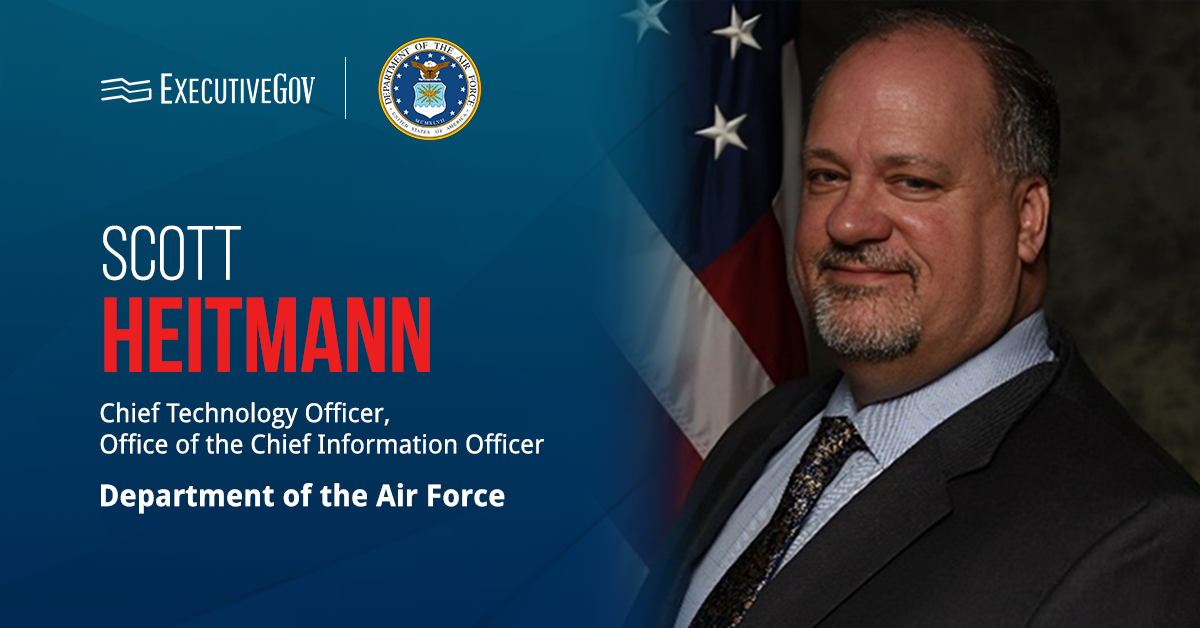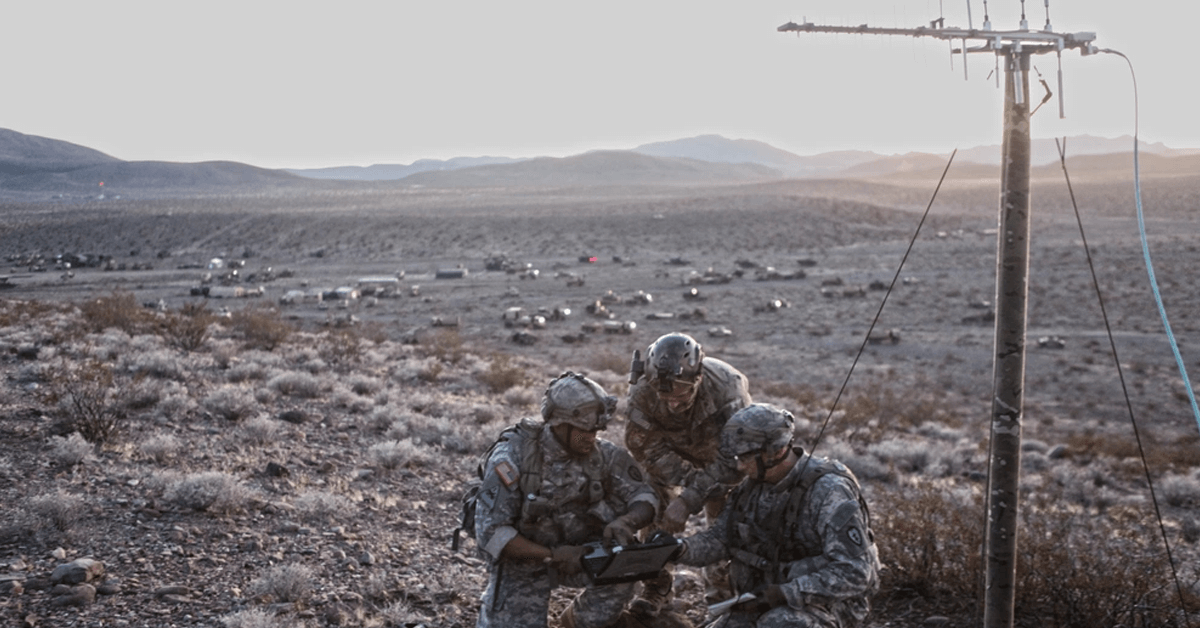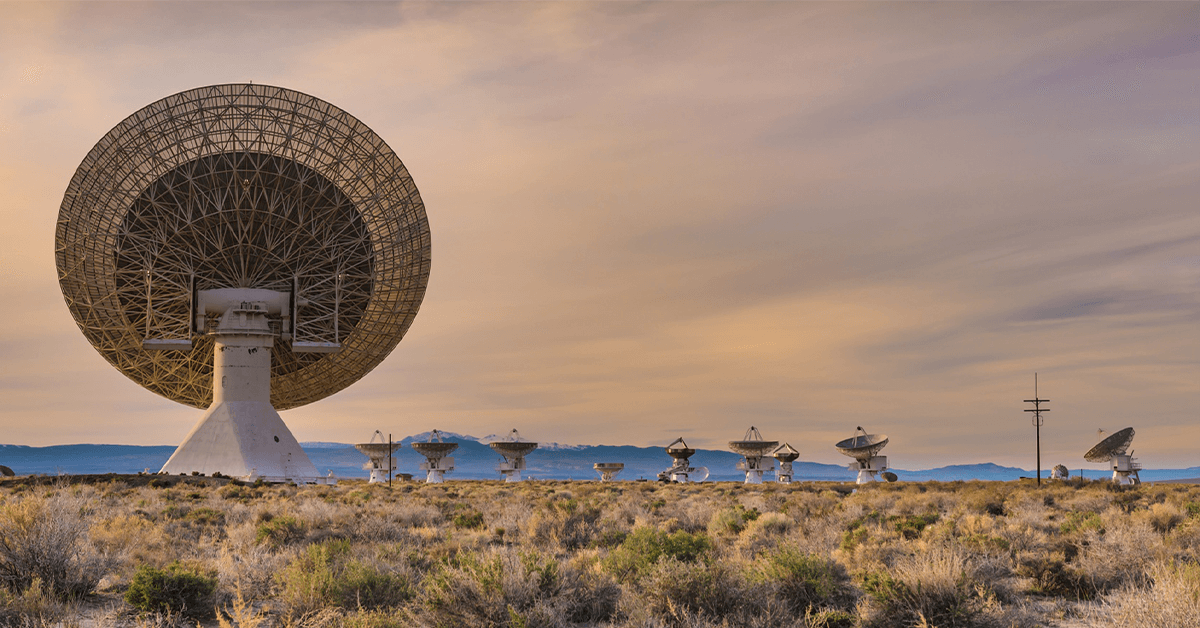The U.S. Space Force will replace the specialized military satellites of its Geosynchronous Space Situational Awareness Program surveillance constellation with commercially designed and operated in-orbit technologies. At a recent event, Maj. Gen. Stephen Purdy, acting assistant secretary of the Air Force for space acquisition and integration, said he recently signed an acquisition decision memorandum in support of the project.
“Today I signed a new ADM back out to the program office to approve their basic acquisition plan and get after developing a fuller acquisition strategy,” the official shared with the audience of the State of the Space Industrial Base Conference in Albuquerque, New Mexico.
Purdy expects the new effort to not only open the application of commercial technologies for high-value military functions, but it will also create opportunities for new companies to enter the national security space market.
Table of Contents
GovCons May Need Compromises on Requirements
The official admitted at the event that commercial vendors cannot meet stringent military requirements, according to a previous analysis. GSSAP monitors and characterizes objects in orbit, a function that was deemed too sensitive for commercial space systems.
“We had a couple of key problems,” revealed Purdy. “So the team recommended some tradeoffs.”
According to the acquisition leader, the proposed GSSAP replacement will be unclassified and will be available to allies through the Department of Defense’s foreign military sales program. He also shared that multiple vendors will be selected to build, launch and operate satellites to provide surveillance services to the government.
GSSAP’s Role in Space Safety
Built by Northrop Grumman Integrated Systems for the U.S. Space Force, the GSSAP satellites are located in near-geosynchronous orbit to collect space situational awareness data. The satellites can perform Rendezvous and Proximity Operations to more closely investigate objects of interest.
The constellation sends data through the Air Force Satellite Control Network ground stations to the Schriever Air Force Base in Colorado for surveillance, space flight safety and satellite collision avoidance.
Learn more about the advanced capabilities shaping the future of air and space defense at the Potomac Officers Club’s 2025 Air and Space Defense Summit on July 31. Register for the in-person before it sells out!













